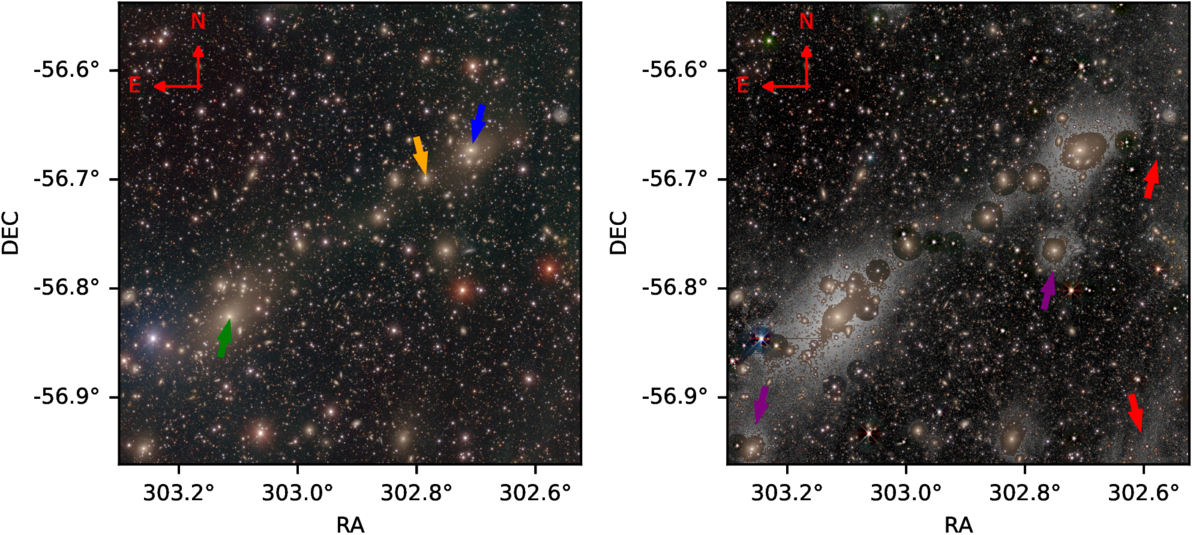2025-08-05 バージニア工科大学 (Virginia Tech)
<関連情報>
- https://news.vt.edu/articles/2025/08/science-worch-algae-plastics.html
- https://onlinelibrary.wiley.com/doi/10.1002/anie.202510449
全バイオマスを用いた機械化学的合成による再利用可能なバイオハイブリッドポリマーネットワークの合成 Mechanochemical Synthesis of Recyclable Biohybrid Polymer Networks Using Whole Biomass
Meng Jiang, Emily Bird, Woojung Ham, Joshua C. Worch
Angewandte Chemie International Edition Published: 13 July 2025
DOI:https://doi.org/10.1002/anie.202510449
Graphical Abstract
A novel mechanochemical method is developed to transform raw biomass, such as whole-cell algae, into strong and ductile plastics by combining it with synthetic components. These biohybrid materials can be adapted, remolded, or depolymerized over multiple cycles due to the underlying dynamic covalent polymer network.
Abstract
Whole-plant biomass from non-agricultural sources and waste biomass from processing agricultural products are both promising feedstocks for biopolymer production because they are abundant and do not compete with food production. However, their processing steps are notoriously tedious with the final materials often displaying inferior performance and limited scope in their properties. Here, we report a strategy to integrate whole-cell spirulina, a green-blue algae, into robust biohybrid algae-polyimine networks by leveraging a mechanochemical ball milling method. This strategy provides a greener synthetic approach to conventional solvent casting methods for polyimine synthesis; it simultaneously overcomes persistent constraints encountered in biomass processing and derivatization. The biohybrid algae-based materials retain adaptability and recyclability imparted by their underlying dynamic covalent polymer matrix and display enhanced mechanical properties compared to their all-synthetic equivalents. These advantageous properties are attributed to the unique morphology of the ball milled biohybrid materials which are facilitated by integration of the spirulina into the polymer matrix. Substituting spirulina with alternative biomass sources such as waste agricultural products also yields robust biohybrid networks, thus highlighting the broad utility of this straightforward mechanochemical synthesis to create more sustainable materials.




